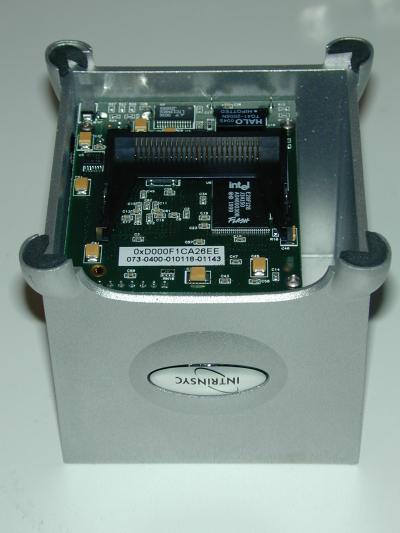Article: Honey, I shrunk the Linux system!
Jun 27, 2001 — by Rick Lehrbaum — from the LinuxDevices Archive — 5 viewsThe onward march of embedded Linux
If you've followed the progress of Linux in embedded systems you've seen it evolve in stages. Originally, it was strictly a desktop operating system, with critics laughing at suggestions that it might be useful in embedded systems. Gradually, it progressed to where those same critics acknowledged its usefulness for certain restricted high-end… embedded applications, but not for real embedded systems.
By now, we see Linux used in a growing variety of devices such as set-top boxes and PDAs. What's more, a recent readership survey from Embedded Systems Programming magazine reports that Linux has jumped to the number two spot in terms of consideration for future embedded system designs.
Even skeptics must now acknowledge that Linux won't disappear from the embedded market anytime soon!
One aspect of this progression is the appearance of a large number of single-board computers (SBCs) catering to developers wishing to use Linux inside embedded systems and smart devices of all shapes and sizes.
Linux cubed

The CerfCube is basically a miniature Linux “box” consisting of a StrongARM-based SBC (called a CerfBoard) enclosed in a cast aluminum cube, three inches on a side. Do the math: with a CerfCube, you can fit a complete (networked) Linux system in just 0.015 cubic foot!
As shown in the photo below, the CerfBoard SBC forms the bottom face of the cube, leaving the cube mostly hollow. (Despite the plentiful extra space inside the cube, the unit is powered by a rather large external wall-mount power supply.)

One good reason for leaving the CerfBoard exposed at the bottom of the cube is to allow access to its CompactFlash slot, which can be outfitted with a variety of expansion functions. Because of the exposure of its internal electronics, the CerfCube comes with an antistatic bag and a wrist strap for handling.
Honey, I shrunk the SBC
The tiny (2.2 x 2.4 in.) CerfBoard has a 192 MHz StrongARM 1110 with 32 MB of RAM and 16 MB of nonvolatile flash memory. Like much larger SBCs, the CerfBoard is packed with I/O — a 10 Mb Ethernet controller, a CompactFlash (type II) interface, three serial ports, 16 general-purpose I/O lines, and a USB port.

Like many (but not all) developer-oriented SBCs, the CerfBoard is also excruciatingly well documented, with all of its hardware described in a design document, and good instructions on modifying the system software.
Story navigation . . .
This article was originally published on LinuxDevices.com and has been donated to the open source community by QuinStreet Inc. Please visit LinuxToday.com for up-to-date news and articles about Linux and open source.